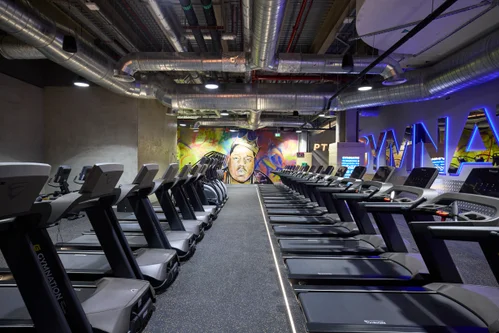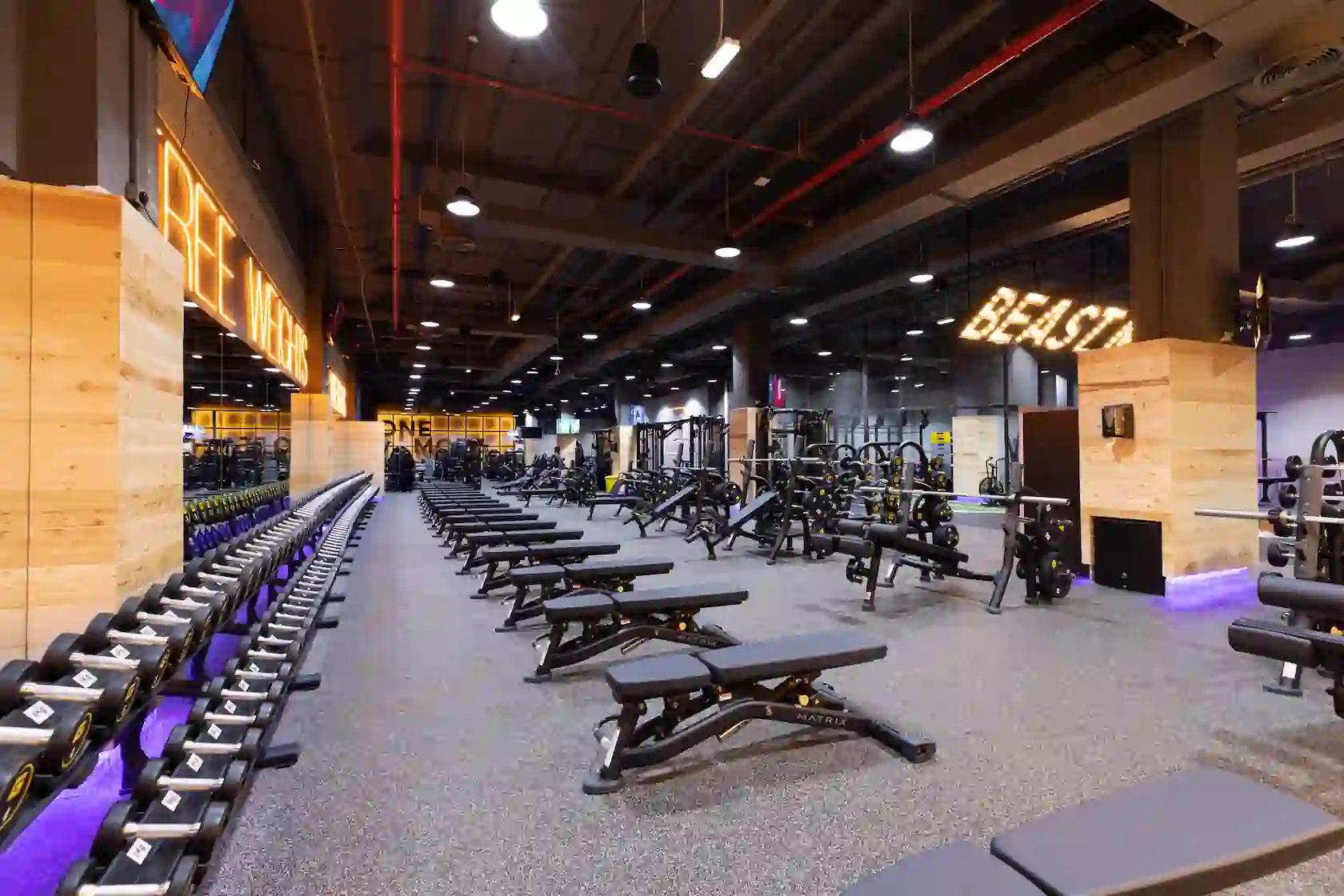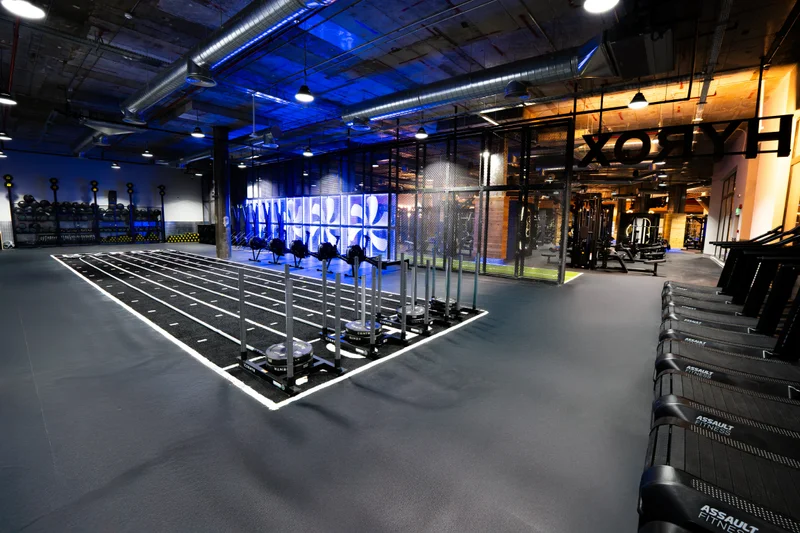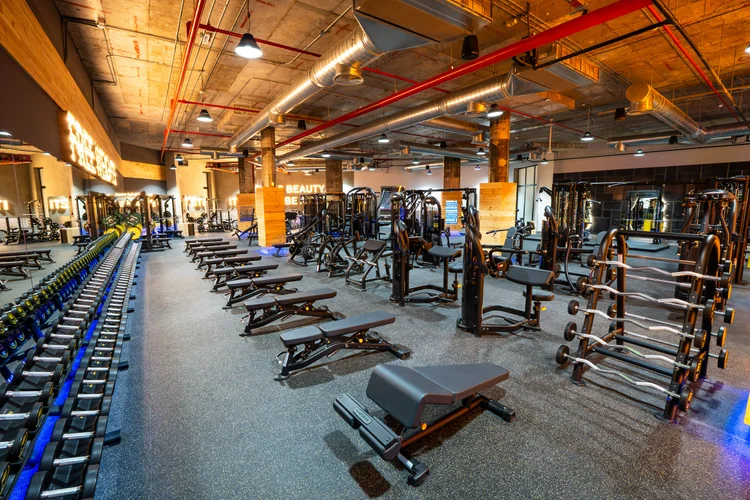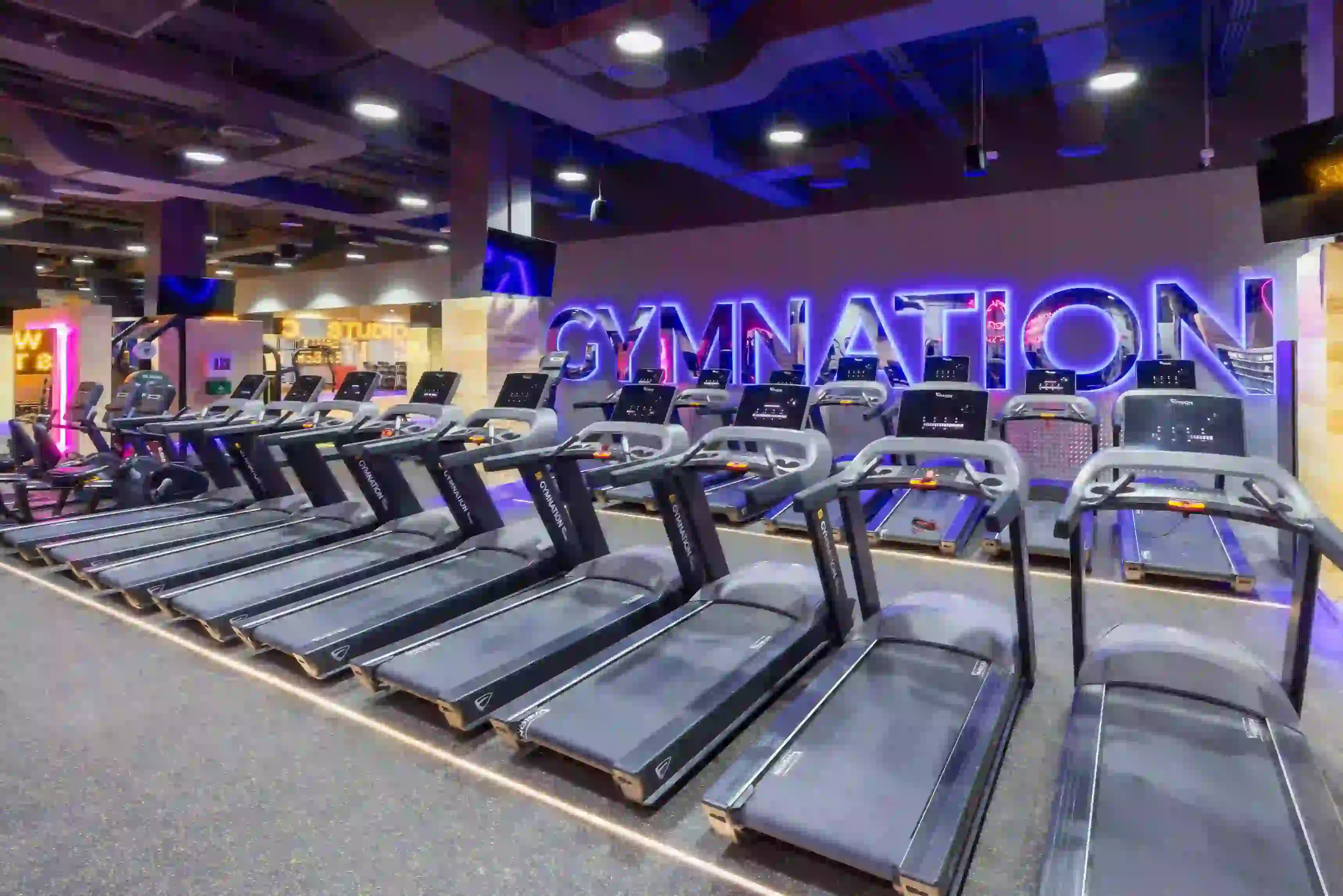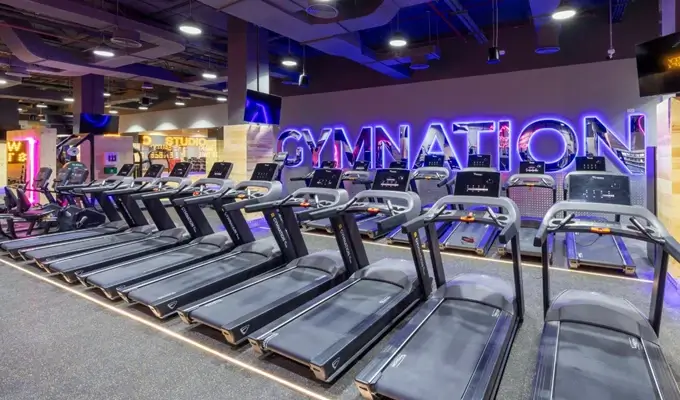Sneak More Steps Into Your Packed Schedule

SIGN UP FOR YOUR FREE DAY PASS TODAY!
Finding time for exercise feels nearly impossible when your calendar is bursting with work meetings, family commitments, and endless tasks.
Between morning deadlines and evening obligations, that planned workout often gets bumped to "tomorrow"—which somehow never arrives.
Here's the good news: you don't need marathon gym sessions to stay healthy and active. You can boost your step count right at home, without stepping foot outside.
Regular walking delivers impressive health benefits, from better blood sugar control and improved sleep to a stronger heart and elevated mood.
The secret lies in weaving movement into what you're already doing, rather than trying to squeeze separate workout time from your overpacked schedule.
Simple tweaks to your daily habits can dramatically increase your activity levels without requiring major time investments.
What's your go-to workout time?
Here are five smart strategies to add more walking to your day, even when time is scarce.
1. Transform Calls Into Walking Sessions
Turn routine phone conversations into movement opportunities by taking them on the go.
Whether you're catching up with friends, joining work calls that don't need screen time, or handling family check-ins, walking while talking transforms idle time into active time.
This works especially well for calls where you're mainly listening or providing verbal input rather than taking detailed notes.
Even pacing around your office, home, or neighborhood during a 30-minute conversation can add substantial steps to your daily count.
This approach leverages habit stacking—you're connecting the new behavior of walking to the existing routine of taking calls, making it much more likely to become a lasting habit.
Read Also: Walking vs Running: Which Is Right for You?
2. Make Social Time Active Time
Swap some sedentary social activities for walking-based alternatives. Instead of the usual coffee shop meetup, suggest a walking coffee date.
Rather than sitting through lengthy dinner conversations, propose post-meal strolls to continue your chat.
This strategy serves double duty: you maintain important relationships while getting exercise, and combining both often makes each more enjoyable.
Walking side-by-side can actually spark deeper conversations since you're not maintaining constant eye contact.
Try organizing regular walking groups with neighbors, colleagues, or family members. Scheduled walking dates create built-in accountability and make the activity feel more like socializing than exercising.
3. Break Movement Into Bite-Sized Pieces
Rather than hunting for long exercise blocks, scatter movement throughout your day in small doses.
Set hourly reminders for 2-3 minute walking breaks, whether that means circling your office, stepping outside for fresh air, or doing quick laps around your home.
These brief interruptions to prolonged sitting offer immediate benefits beyond just step counting.
Research shows that even short movement breaks improve circulation, reduce back pain, and help sustain energy levels throughout the day.
While you could add stretches too, simple walking provides significant value for anyone spending most of their day seated.
4. Invest in a Walking Pad Setup
If you work from home or have workspace flexibility, consider a walking pad that fits under a standing desk.
This setup lets you walk at a gentle pace while handling routine tasks like emails, calls, or administrative work.
With remote work becoming more common, this represents a fantastic, low-intensity way to accumulate more daily steps.
The key is maintaining a slow enough pace that you can still focus effectively on work tasks while moving.
Even without a walking pad, alternating between sitting and standing throughout your workday naturally encourages more movement as you shift positions and walk between different tasks.
Read Also: Steps vs. Minutes: Which Exercise Goal Is Better for Your Health?
5. Walk Your Way Through Errands
Identify opportunities to walk instead of drive for short trips. This might involve walking to nearby stores, parking farther from destinations, or choosing stairs over elevators whenever possible.
Review your regular errands and determine which ones could realistically include walking. Perhaps you can walk to the post office, bank, or local coffee shop instead of driving.
Even walking partway to destinations or parking several blocks away adds meaningful activity to routine trips.
The Beauty of Small Changes
The appeal of these approaches is their simplicity—no gym memberships, special equipment, or major time commitments required.
By threading walking into activities you're already doing, you can substantially increase your daily movement without feeling like you're piling another task onto your overwhelming to-do list.
Start with one or two strategies that feel most realistic for your lifestyle, then gradually add others as these new habits take root. Your body—and your busy schedule—will thank you.
Source: tomsguide
The opinions shared in the GymNation blog articles are solely those of the respective authors and may not represent the perspectives of GymNation or any member of the GymNation team.
Frequently Asked Questions
How can you incorporate movement into your daily routine?
GET YOUR FREE TRIAL TODAY






























